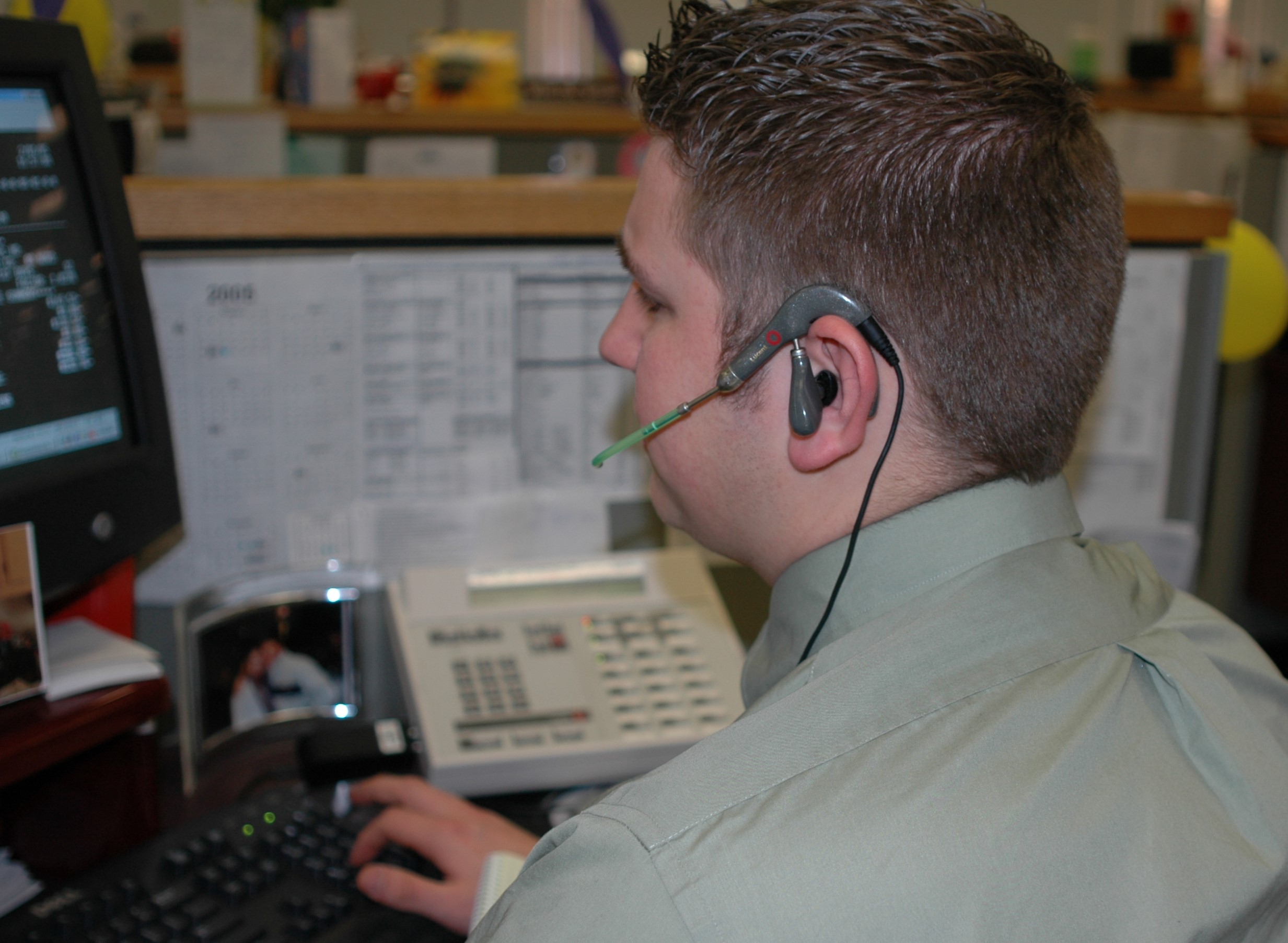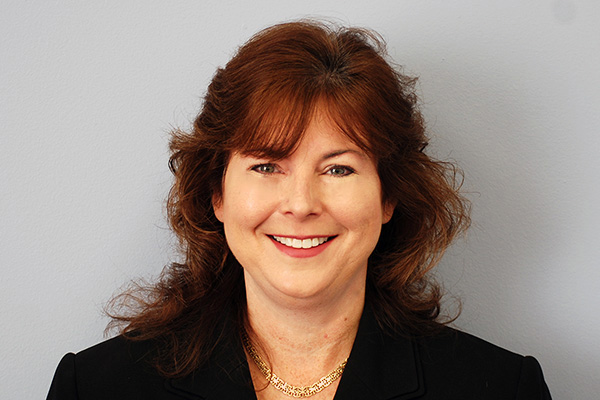How a Technical Call Center Added Financial Aid Calls - and Thrived!
Published by: WCET | 7/16/2015
Tags: Collaboration/Community, Consortia, Financial Aid, Managing Digital Learning, Student Success, System/Consortia
Published by: WCET | 7/16/2015
Tags: Collaboration/Community, Consortia, Financial Aid, Managing Digital Learning, Student Success, System/Consortia
After 10 years of providing technical support for e-Learning solutions, the Connecticut Distance Learning Consortium’s (CTDLC) Call Center was presented with an interesting opportunity. The CFO of our parent organization, Charter Oak State College, approached us to ask whether we could help him with a data gathering project. He wanted us to answer the phones in the Financial Aid Office for a few weeks and record basic information so he could better understand the volume of calls coming through and the nature of the calls.
At the time, the Financial Aid Office was drowning in work and advocating strongly for an additional full time position. The president of the college was concerned because students were calling other offices, including his, desperate for Financial Aid help. The information gathered was to be used to support a staffing decision. 
Financial Aid: “How Hard Can it Be?”
Our initial response, “We’re a technical support center and don’t know anything about Financial Aid.” We’re used to answering questions about LMS logins, computers malfunctions, and network down time, not about arcane federal regulations.” Our concerns were quickly answered with, “But how hard could it be?” After meeting with the Financial Aid Director for the initial 2 hour training session, we began to comprehend the complexity of the Financial Aid process and started wondering what we had gotten ourselves into.
After another 2 hour training session and read-only access to the Financial Aid system, the Financial Aid office phone was redirected to our call center and we were off and running. We quickly realized that the Financial Aid process can be quite anxiety producing because the outcome likely determines where a student will go to school and in many cases, whether a student will be able to afford to go to school at all. We worried that our technical support staff did not have the skill set to serve this category of calls.
We Survived, We Learned, We Got Cookies
The pilot lasted about 6 weeks and the outcomes surprised all of us. The CFO was humbled by the sheer volume of calls the office was receiving and was able to fully appreciate the challenge that the Financial Aid Staff was facing. The Financial Aid Staff was so grateful to have the ability to focus their efforts on processing FAFSA applications and packaging awards that they baked us cookies. The also reported improved processing times and employee morale.
Most importantly, prospective and current students were thrilled and relieved to have their call answered. They loved being able to receive help seven days a week. The feedback we received was overwhelmingly positive, prompting the realization that this was an area where we could add real value.
We also learned that our staff, comprised of student workers, were excellent at this type of work. As college students themselves, they approached each caller with empathy and patience, able to alleviate the student’s anxiety around the process and explain the next steps in a way that made sense to them.
And so, a new line of business was born.
 We Used Data to Improve Our Processes
We Used Data to Improve Our Processes
The report we generated for the CFO contained a wealth of knowledge that could not have been obtained without call center tools and processes. We were able to take the data we collected and perform root cause analysis. We determined that there were 3 categories of requests: process questions (How do I?), status questions (What’s my status?), and award-specific questions (Why did I get this amount?).
The call center had the knowledge and system access to answer virtually all the process and status questions. Any discussions around specific dollar amounts were escalated to the Financial Aid Office. We found that over 75% of all calls were being resolved on the first call by our staff. This was such a big number, all of us were somewhat shocked. We also realized that callers were often asking the same 15-20 questions and that many of these could be eliminated through process changes or clarifying language on the website or outgoing communications.
We Became the Call Center for Five Colleges. Student Satisfaction is High.
The pilot was so successful that the request for a full time position in the SFA office was replaced by a request to have the call center service become a permanent solution. Five years later, we are still taking those calls and have expanded our service to four additional colleges. The service has become more sophisticated and our reports include actionable data.
We have recently introduced a student retention element to our data gathering and will partner with institutional retention specialists to identify high risk students and escalate for immediate intervention.
We have shown that our service not only increases productivity within the SFA office (contributing to student retention efforts), but we frequently receive calls from students that start with “I know this question is not about Financial Aid but you guys always answer the phone and I really need help….” Clearly the other academic offices at Higher Ed institutions are busy too and can find it difficult to answer the phones consistently. We always do our best to answer these questions and find that we are often able to help. Cliff Williams, CFO at Charter Oak State College reports that “The CTDLC Call Center has become an integral part of the college’s Financial Aid Office, providing our staff the ability to focus their efforts on processing Aid, ensuring compliance with Federal Regulations and implementing process improvements. Students are receiving the service and attention they deserve and enrollments are up. It’s a win-win for all concerned.”
We continue to provide monthly reports and real time feedback when we see a process or communication that could be streamlined or re-worded to reduce confusion. As a direct result of these efforts, every school we support enjoys a reduction in calls each year. We have also found that the number of calls we are able to resolve ourselves is now closer to 90%. CTDLC’s Executive Director, Kevin Corcoran, thinks we are going to put ourselves out of business if we keep this up.
We look forward to the day when the process is so smooth that the phones stop ringing!
Cathy Bergren
Connecticut Distance Learning Consortium
Director of Service Delivery
Photo credit for person on headset: MorgueFile
2 replies on “How a Technical Call Center Added Financial Aid Calls – and Thrived!”
[…] helping students untangle one of the most convoluted but important sets of rules they will face, those surrounding financial aid: Something along these lines might be a very good model for CCNY students, and it’s an area […]
[…] e-tutoring program, which has been replicated elsewhere. In 2015 they reported on providing a financial aid call center. Today, we are pleased to have CTDLC return to inform us that they built on their financial aid […]